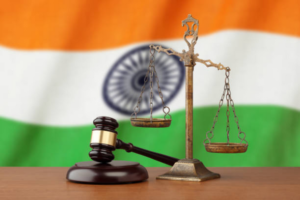Once again in Bayer Healthcare LLC v. Baxalta Inc. (Fed. Cir. 2021), the jury awarded Bayer reasonable royalty damages, based on a certain (17.78%) royalty rate for Defendants’ profits. The jury selected a rate between the range presented by the damages expert. The damages expert used a “reliable methodology for determining the range of possible hypothetical negotiation royalty rates.”
Earlier in Vectura Ltd. v. GlaxoSmithKline LLC (Fed. Cir. 2020), the Federal Circuit considered the parties’ prior licensing history, which Vectura’s expert used as a “comparable license” in reaching the damages conclusions.
The basis for estimating patent damages, including the use of an expert to assist with the analysis, is found in federal law 35 U.S.C. Section 284. The two main types of damages awarded in patent infringement actions are reasonable royalties and lost profits. Where lost profit damages are not recoverable, the plaintiff is entitled to reasonable royalty damages.
There is no single method for calculating a reasonable royalty rate. Mostly a reasonable royalty is determined either by constructing a hypothetical negotiation for licensing of the patent between the plaintiff and the defendant at the time the infringement began. The amount that someone wanting to use the patented invention would have agreed to pay to the patent owner and the patent owner would have accepted to license the invention. It is normally calculated as a percentage of the defendant’s sales that the defendant would have paid to plaintiff for the privilege of using the invention, or simply as a flat sum.
Or the jury assesses the defendant’s own internal profit projections for the infringing product made at the time the infringing sales began, and then apportions the projected profit between the parties as a percentage of the defendant’s sales.
In both the cases the damages experts play an important role in determining the reasonable royalty rate, often such experts are economists or certified public accountants. These experts may testify on issues such as market definition and market share, demand for the patented product, the acceptability of non-infringing alternatives, distribution channels, price elasticity, profitability, the value of the invention or the apportionment of the patented invention to the value of the product or process, and licence royalties for comparable products. Testifying experts may also offer ultimate opinions on the measure of damages, or royalty that is “reasonable under the circumstances”.
It is therefore important not to just identify technical experts but also the damages experts that may support the case as early as possible.



